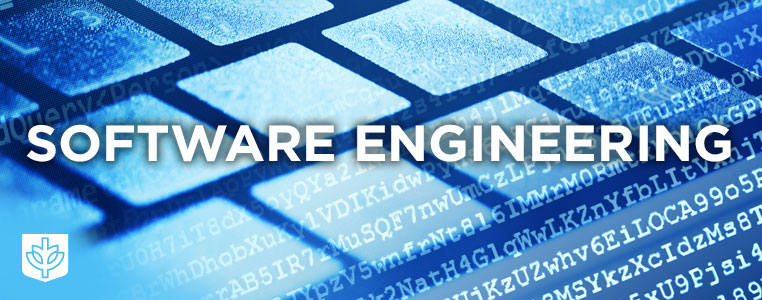Chapter:
Explaination for throw-away prototyping and evolutionary prototyping. Discusstion of the differences between the two.

Throw-Away Prototyping: Also called close ended prototyping. Throwaway
or Rapid Prototyping refers to the creation of a model that will eventually be
discarded rather than becoming part of the final delivered software. Rapid
Prototyping involved creating a working model of various parts of the system at
a very early stage, after a relatively short investigation. The method used in
building it is usually quite informal, the most important factor being the
speed with which the model is provided. The model then becomes the
starting point from which users can re-examine their expectations and clarify
their requirements. Whenthis has been achieved, the prototype model is 'thrown
away', and the system is formally developed based on the identified
requirements.
The most obvious reason for using Throwaway
Prototyping is that it can be done quickly. If the users can get quick feedback
on their requirements, they may be able to refine them early in the development
of the software. Speed is crucial in implementing a throwaway prototype, since
with a limited budget of time and money little can be expended on a prototype
that will be discarded. Strength of throwaway prototyping is its ability to
construct interfaces that the users can test. The user interface is what the
user sees as the system, and by seeing it in front of them, it is much easier
to grasp how the system will work.
Evolutionary prototyping: Evolutionary Prototyping (also known as breadboard prototyping)
is quite different from Throwaway Prototyping. The main goal when using
Evolutionary Prototyping is to build a very robust prototype in a structured
manner and constantly refine it. The reason for this is that the Evolutionary
prototype, when built, forms the heart of the new system, and the improvements
and further requirements will be built. When developing a system using
Evolutionary Prototyping, the system is continually refined and rebuilt.
'Evolutionary prototyping acknowledges that we do not understand all the
requirements and builds only those that are well understood.'
Evolutionary Prototypes have an advantage over
Throwaway Prototypes in that they are functional systems. Although they may not
have all the features the users have planned, they may be used on an interim
basis until the final system is delivered. In Evolutionary Prototyping,
developers can focus themselves to develop parts of the system that they
understand instead of working on developing a whole system.
Related Topics